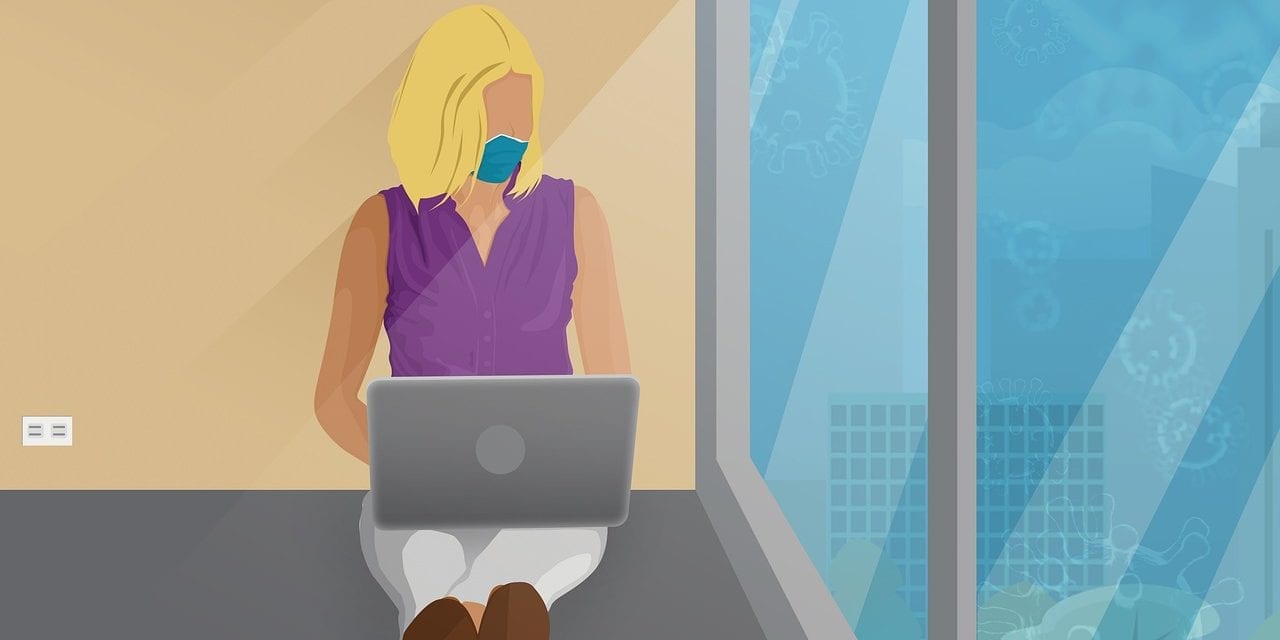The COVID-19 pandemic may have started in early 2020, but the ongoing issue has forced millions of workers to switch from typical office life to remote work. While the employees have to adjust to working from home, managers must adjust to managing other employees remotely. When you are not face to face with a coworker or employee, it is much harder to tell when something is wrong or when a manager needs to step in for any reason. With many companies considering work from home models even after the pandemic ends, managers must learn how to manage at a distance effectively. Everyone is dealing with the sudden and drastic work adjustments, but managers are the people who set the tone for employees, so here are some helpful suggestions and methods to keep managers effective during the ongoing pandemic.
Establish A Baseline

Once everyone switches to working from home, establish a baseline. The early days of working from home are the best time to establish procedures and ensure everyone has everything they need to do their job from home. Hardware may be one of the biggest things employees must fix. Not everyone has a computer at home, let alone a computer built for work, so ensure everyone has the hardware they need to work remotely. Do not expect non-technically inclined people to suddenly know how to set up their systems at home or connect to remote sessions. Management in the future will be much easier if you take the time to get everyone set up correctly from the beginning.
Part of establishing your baseline is to create a communication plan for your remote team. Checking in with staff once a week is an acceptable minimum to ensure employees don’t have any pressing issues and keep the team feeling alive. Also, set up times to talk with each employee individually; even if you don’t have a set time to talk, make sure everyone knows when managers can be reached and that communication is always open.
Clear Instructions And Measurables
Working from home means managers cannot watch employees as carefully as they would in an office. No one wants to deal with a continually hovering manager, and despite hesitation to let employees work with less supervision, trust that your employees are adults and will do their jobs. However, that does not mean you give employees free rein to work as they please. Set clear expectations with straightforward instructions that use the best practices of instructional design to ensure everyone understands the messaging. Once employees know what is expected of them, set measurables or due dates to ensure everyone stays on track. So long as employees meet their deadlines and their work is of satisfactory quality, there is no need to hover or constantly monitor employees.
Motivation

Working from home can be demotivating for many people who enjoy working near their coworkers in an office. People want to talk with the coworkers they used to be able to get lunch with but can’t because of the pandemic. Motivation can be hard to maintain, but it is absolutely critical to sustaining happy and productive employees. Encourage employees to take breaks instead of sitting for eight hours working at home and then sitting at home when they are off the clock. Working from home can make it too easy to tunnel vision and forget to take breaks, so managers should suggest employees take breaks every few hours or when they start to feel brain fog. Working nonstop for hours ultimately lowers the work’s quality, so let workers know that breaks are not seen as lazy and are actually encouraged. Breaks also tie into keeping a healthy work-life balance. Try to keep employees from working after hours and let them enjoy their free time during these already stressful times. Happier employees work better and faster, so make sure employees know their overall well-being is a priority while working from home.
Working from home is a drastic change for everyone and managers have the task of ensuring employees smoothly transition. Keeping employees happy and working well is easier said than done, but these tips, tricks, and suggestions can help. Start with a solid baseline and build from there. Give employees clear instructions and deadlines without hovering or micromanaging. Motivation is a vital part of keeping employees productive, so managers should also support employees’ human element.





